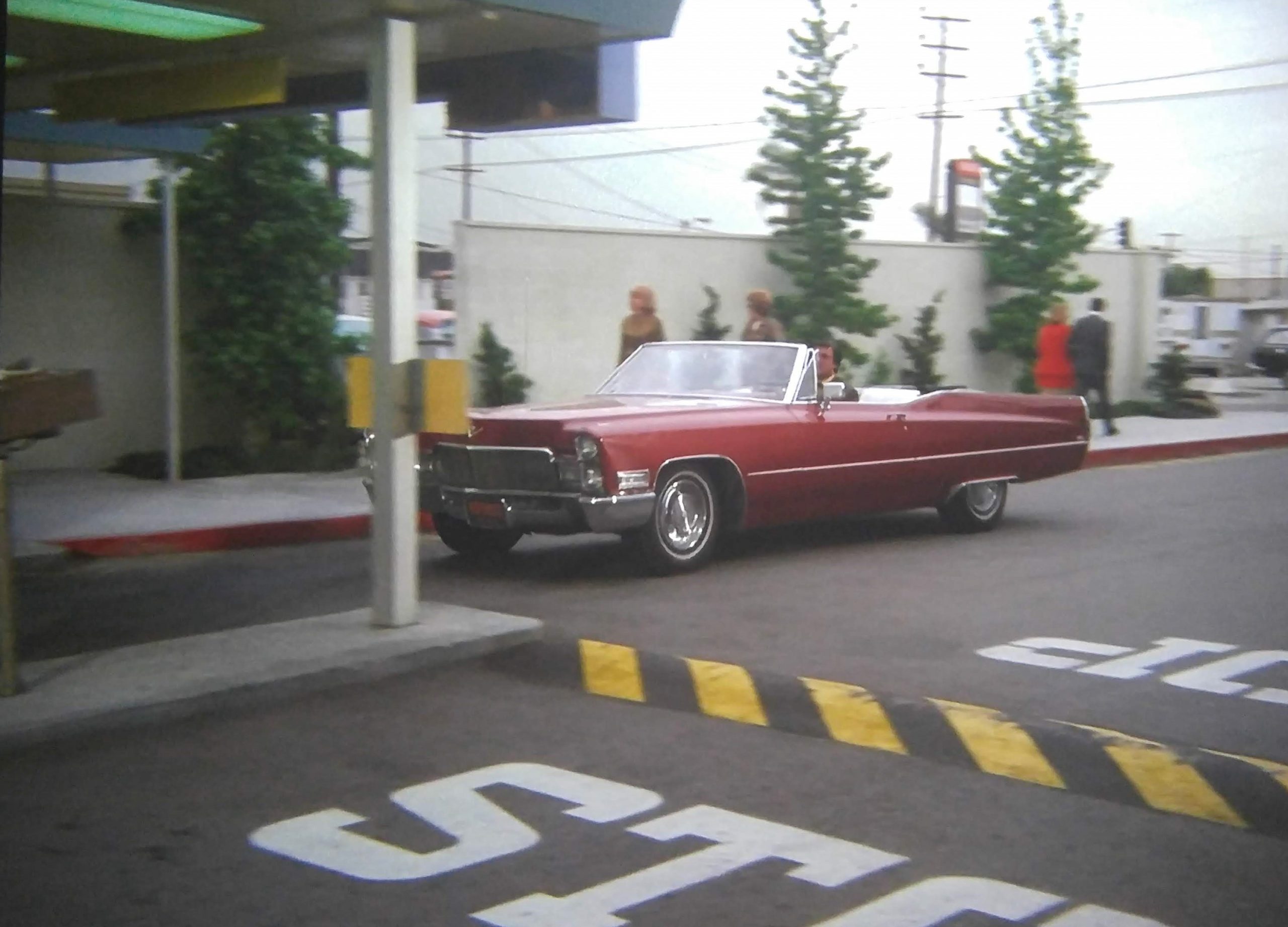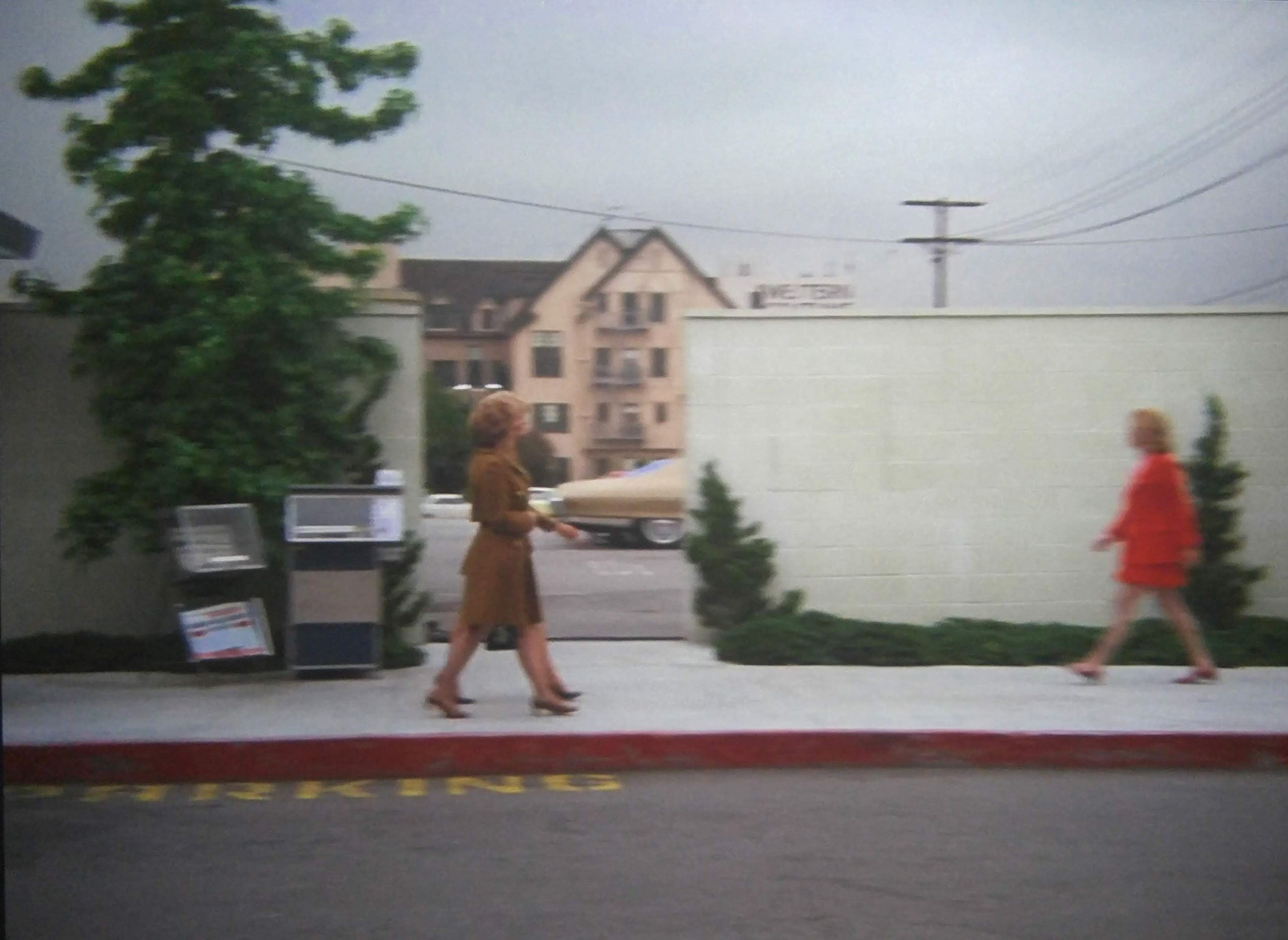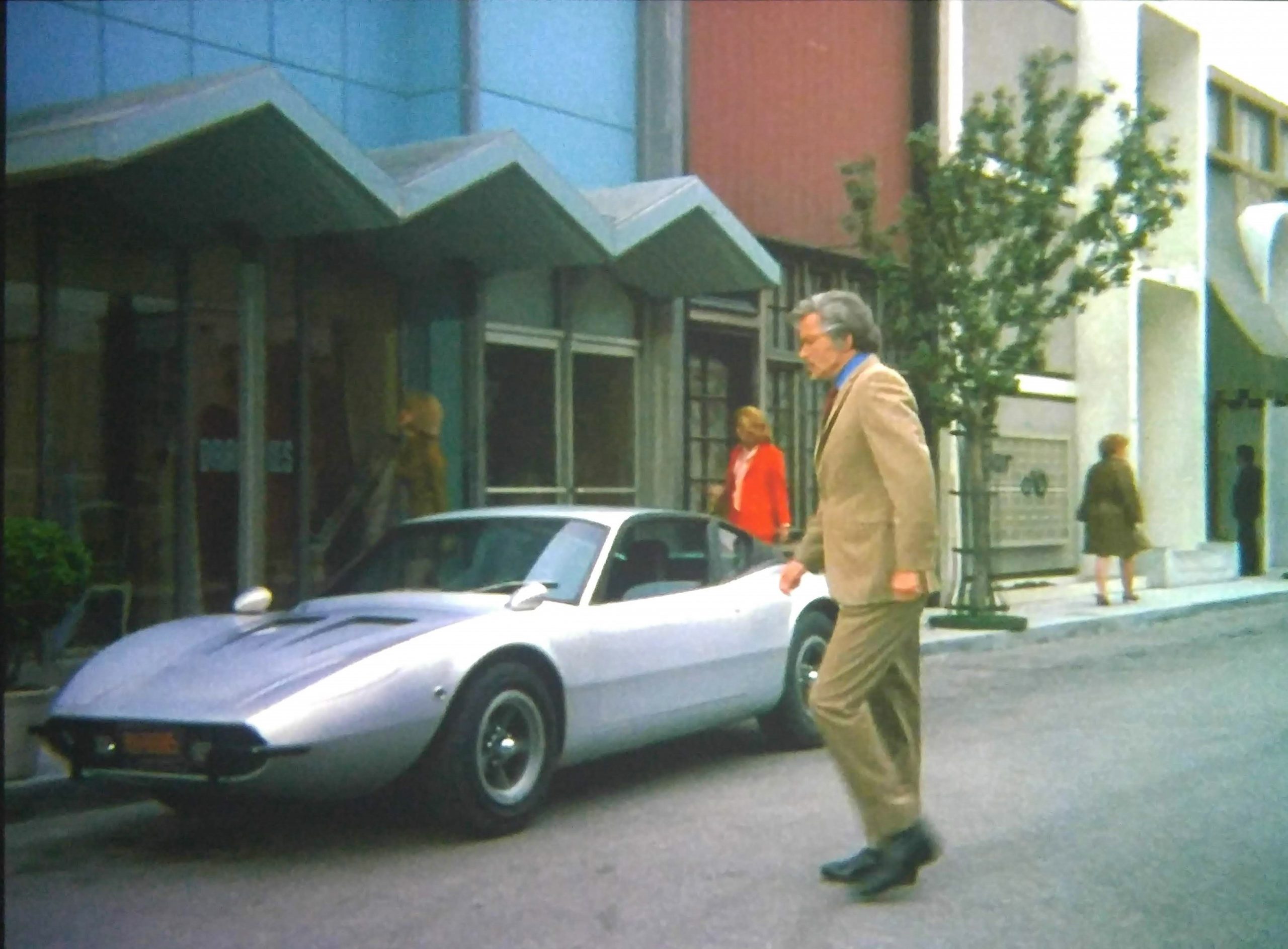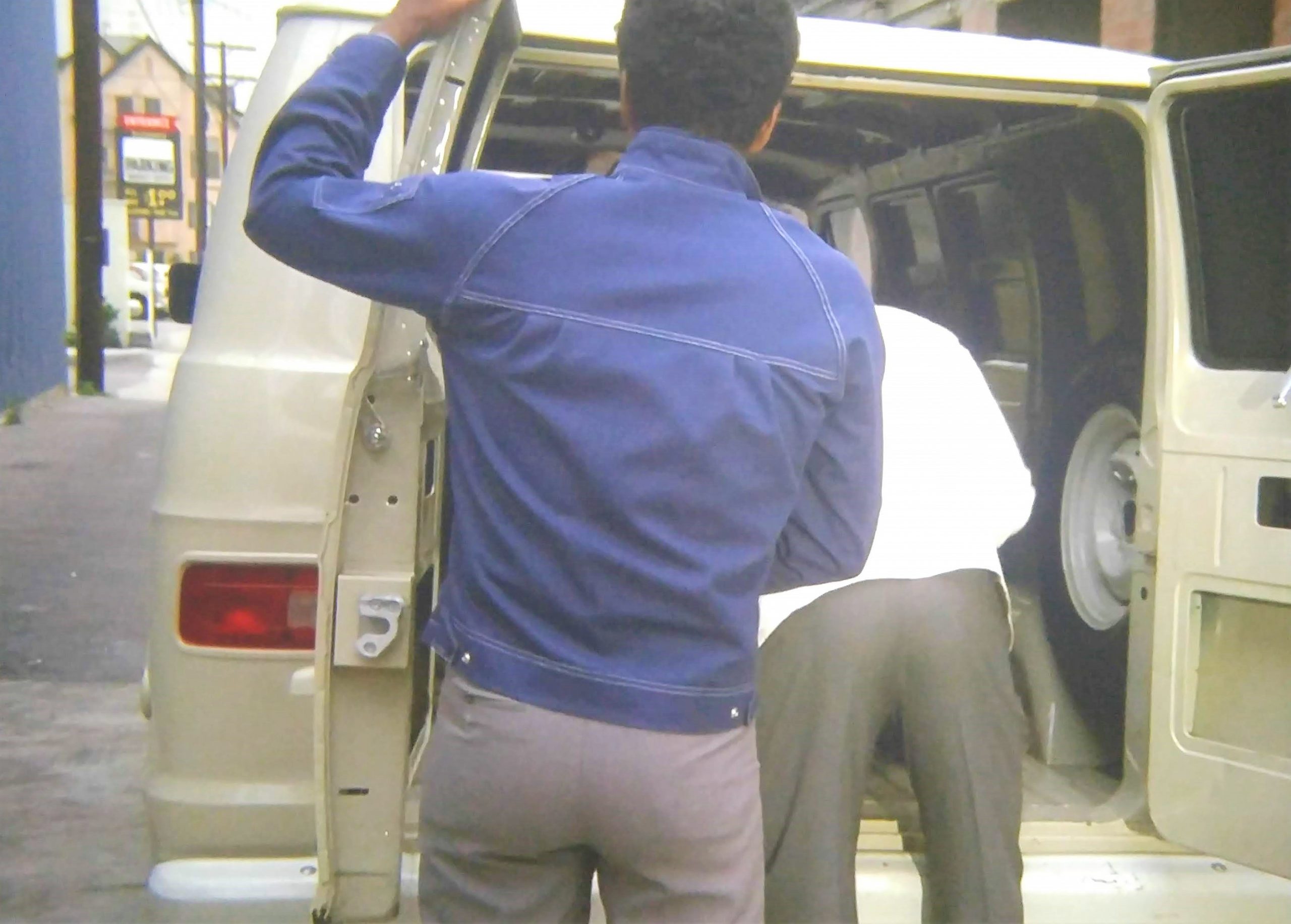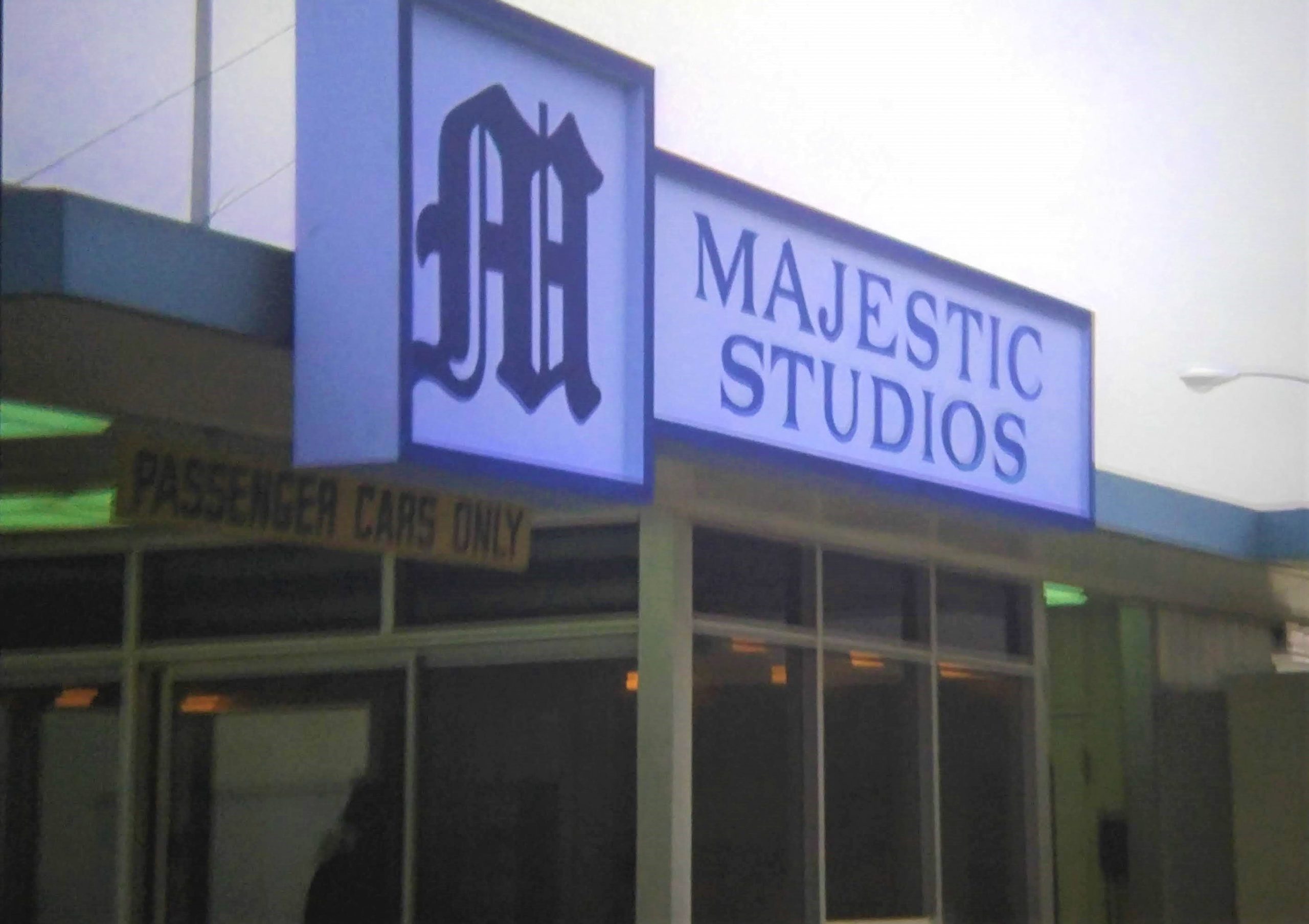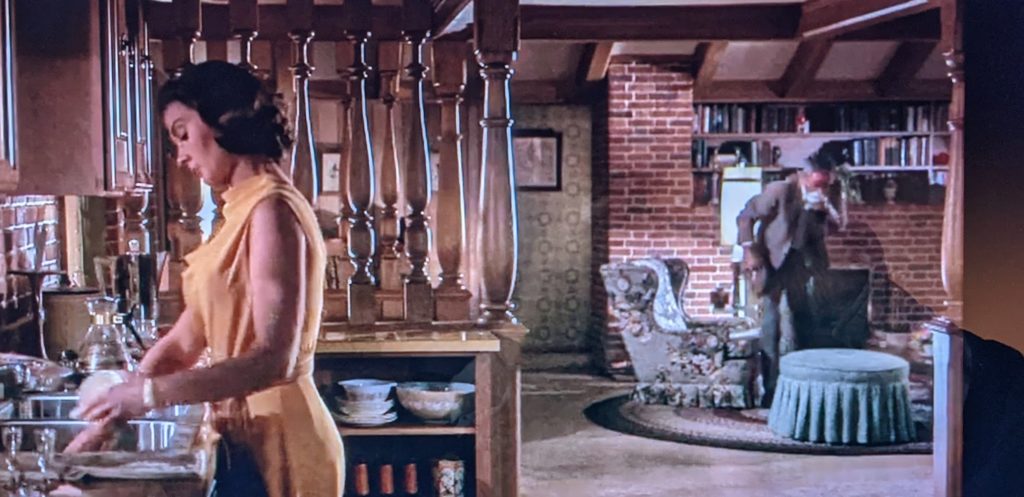

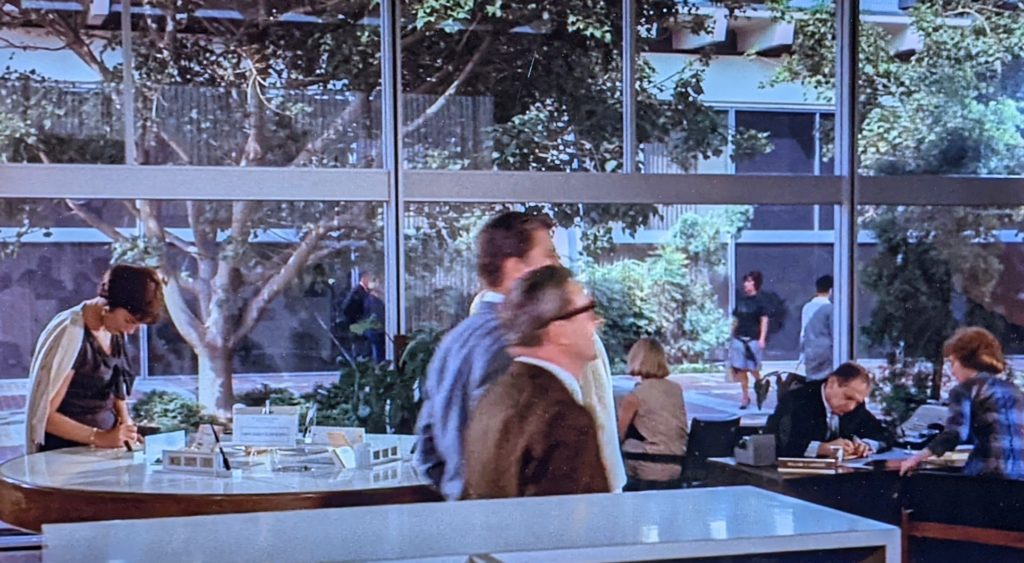
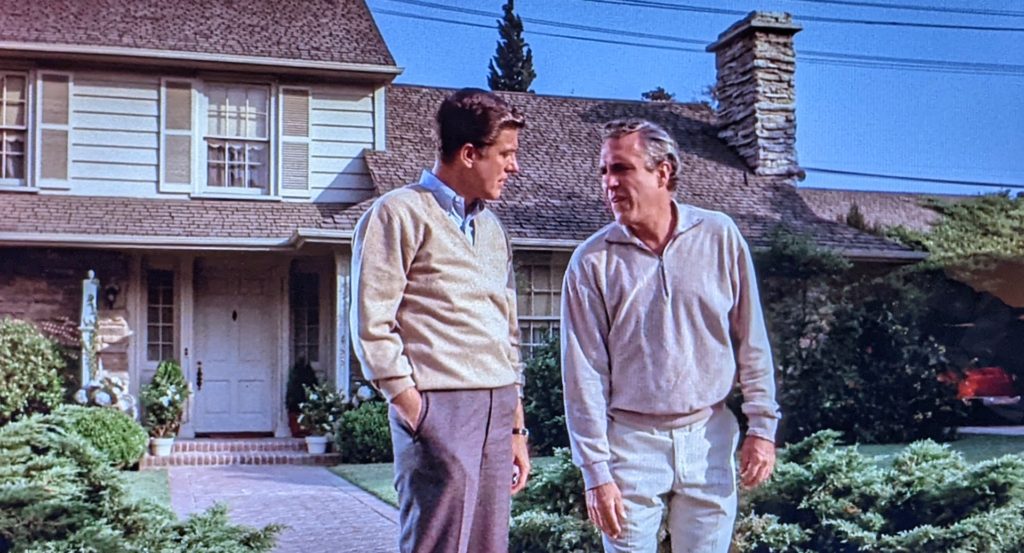
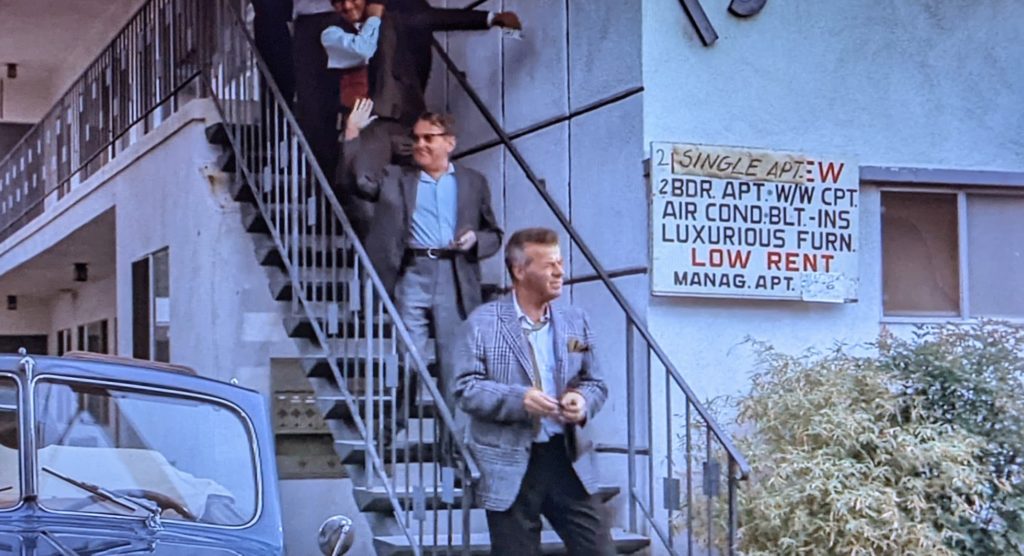
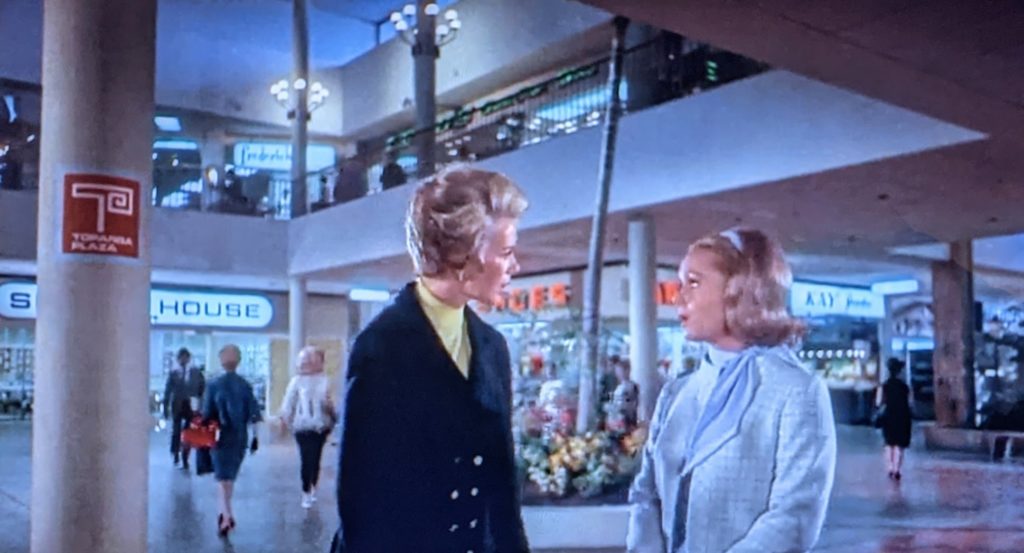
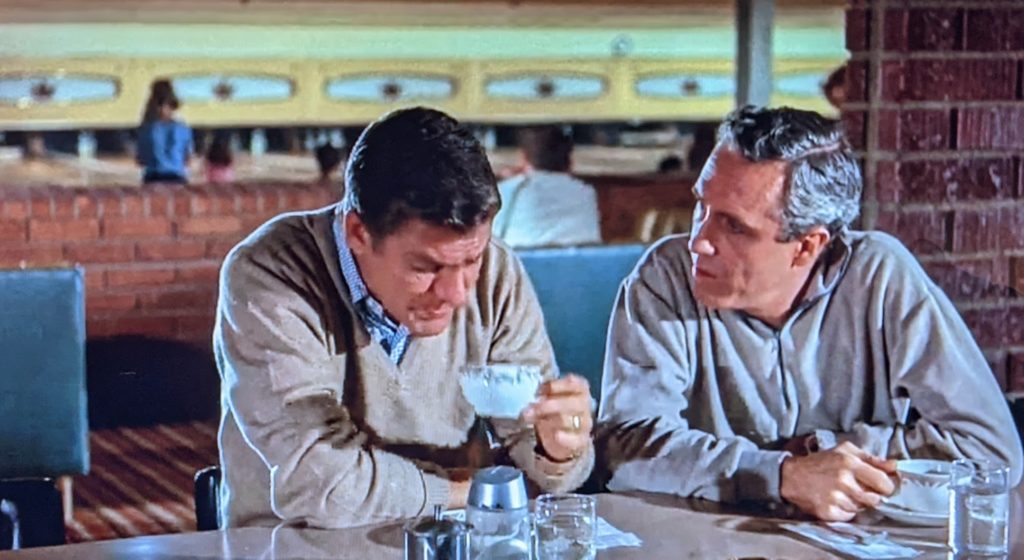
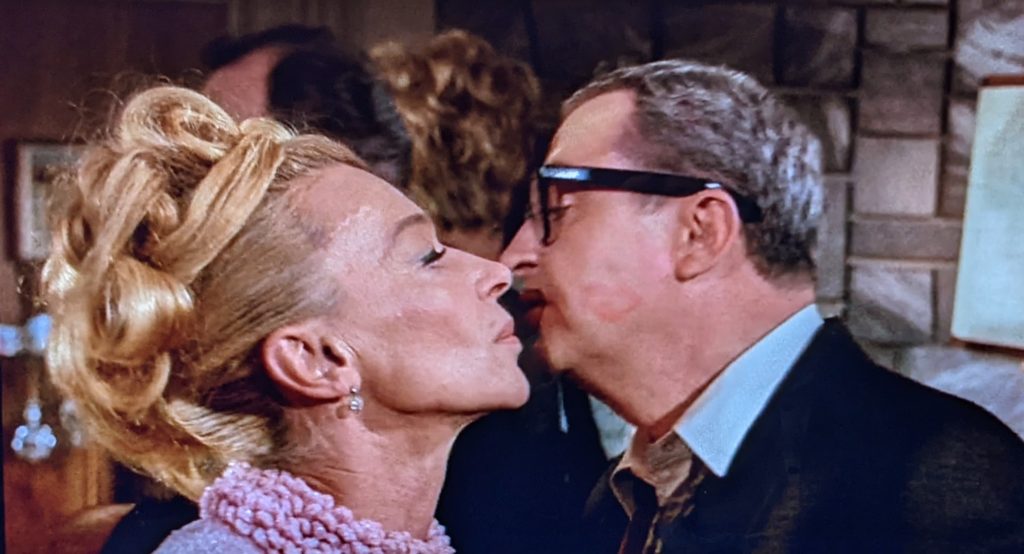
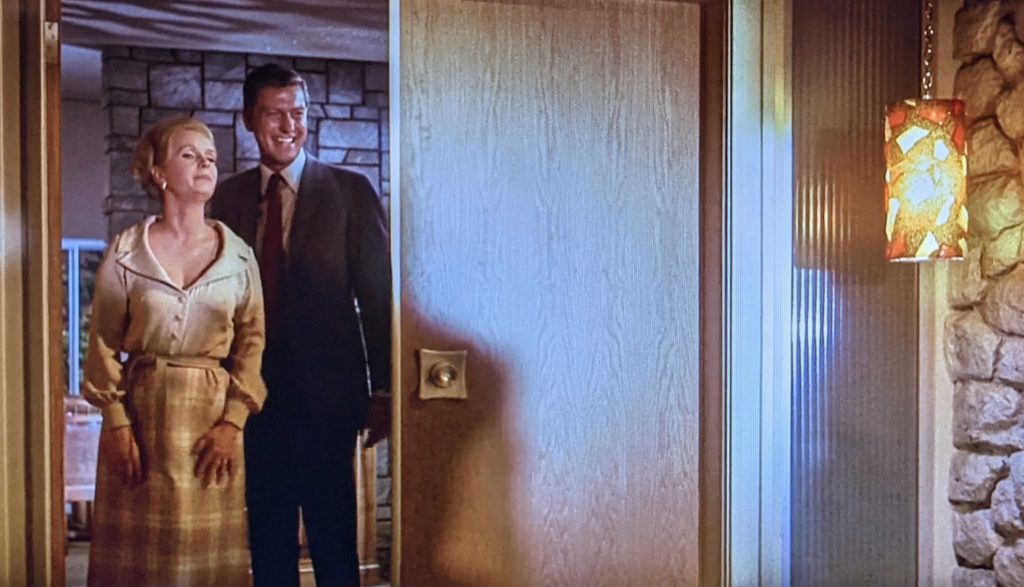
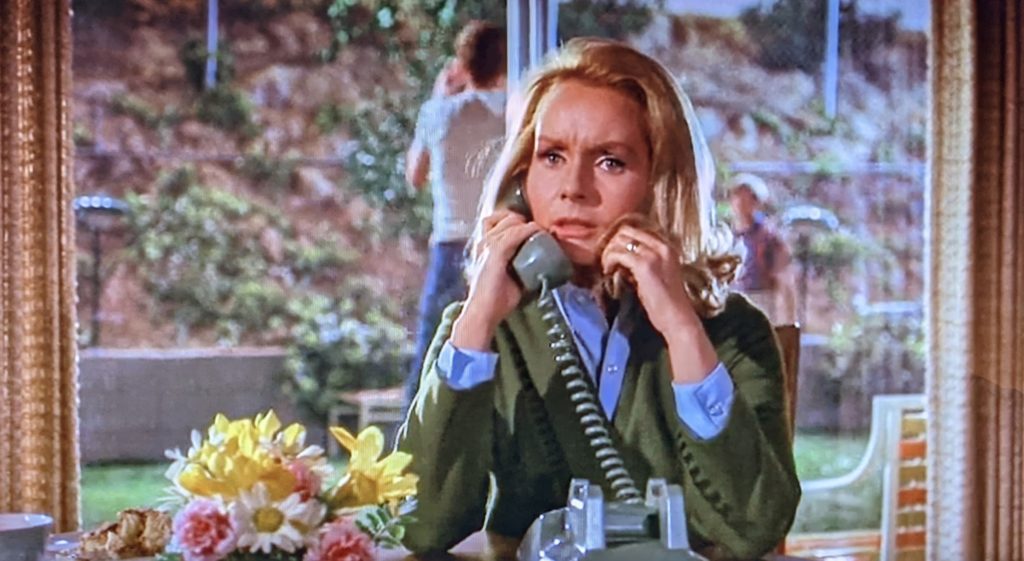
Cutaways from the 1960s (1960 to 1969).
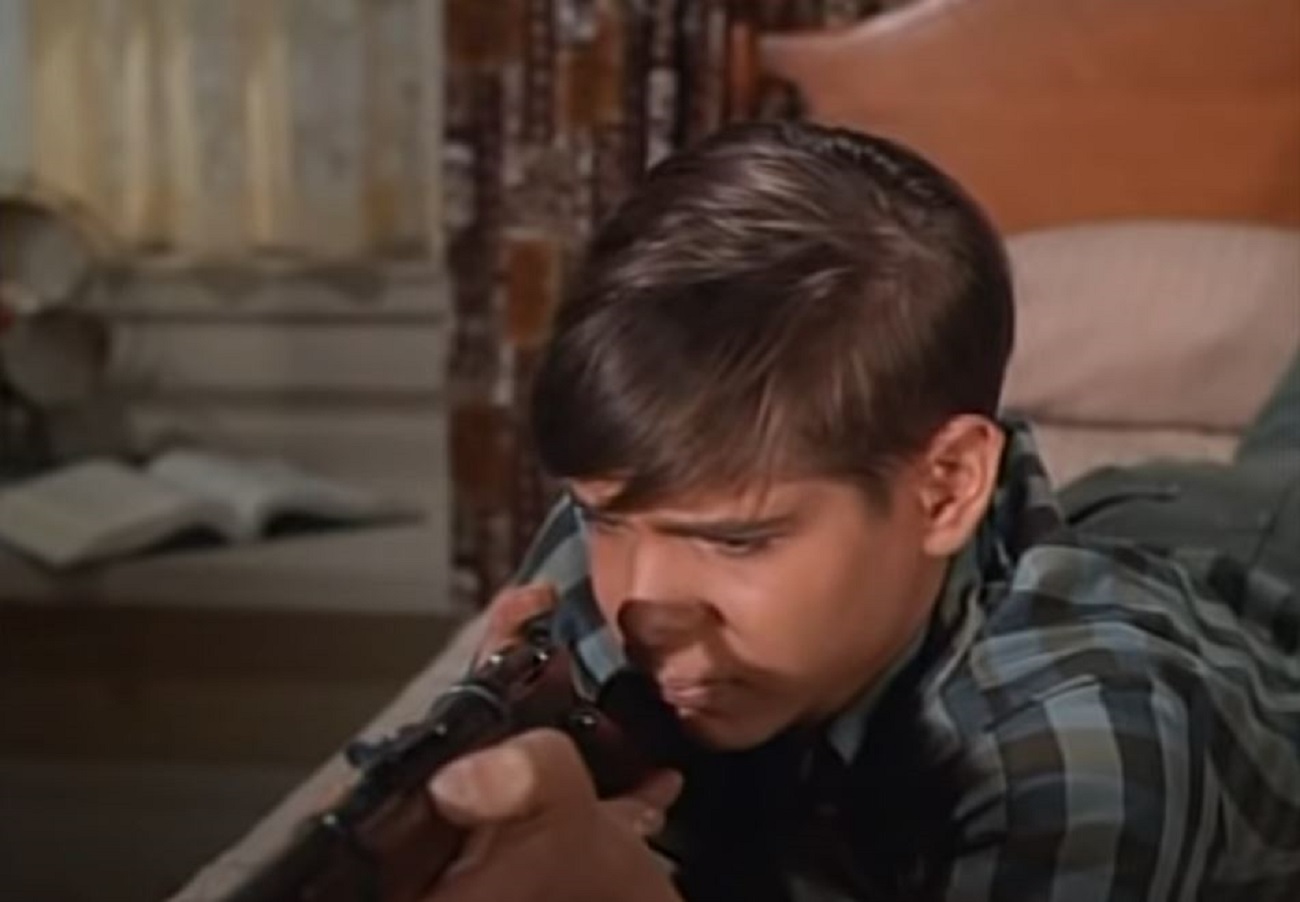
It ran only from 1963 to 1965, but Kraft Suspense Theater (later titled Crisis) had some of the underpinnings of a great anthology show, much like Twilight Zone: name actors, accomplished directors, color in an era of black and white, a full hour-long slot, generous budgets, and the massive Universal lot to work with.
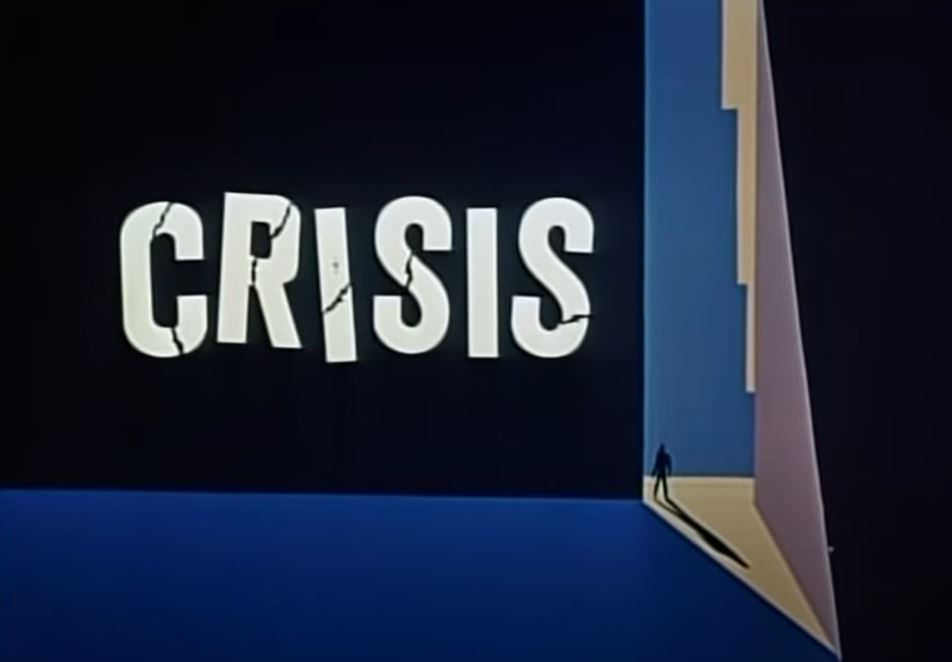
For anyone who loves Hitchcock or Twilight Zones–and has seen them all and is hungry for more–you’d think that you’ve stumbled on a treasure trove of lost films and episodes when you first see Kraft.
But, somehow, most of the shows fail. That somehow can be traced to the weak writing. Weak writing is only further weakened when it has to fill an hour-long slot–a problem that plagued even writers of Twilight Zone.
One episode that works, though, is The Gun. It’s sinister in so many ways. Start with the actors.
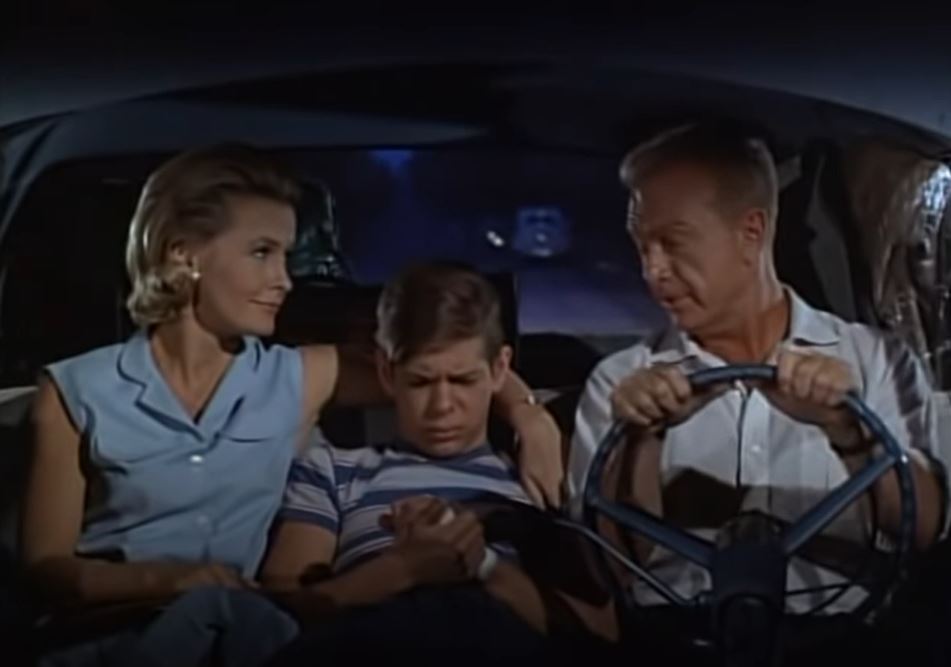
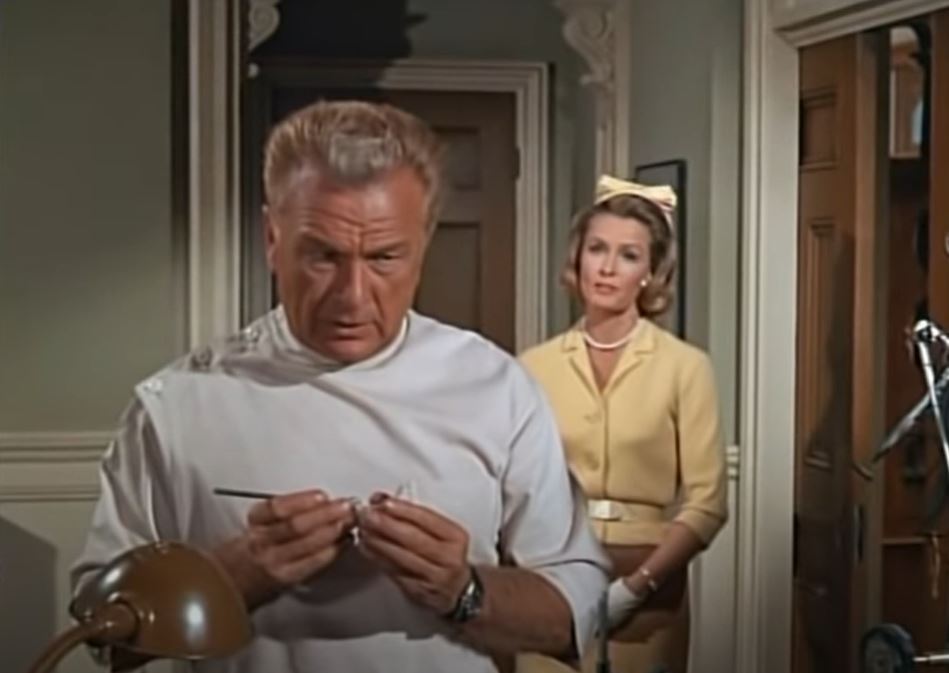
Veteran actor Eddie Albert plays a dentist who’s a kind, concerned father. This is difficult because his son, played by Peter Lazer, is genuinely disturbed. With a husky man-voice paired with the body of a teenager, not to mention an oddly misshapen head and swollen mouth, actor Lazer simply looks creepy.
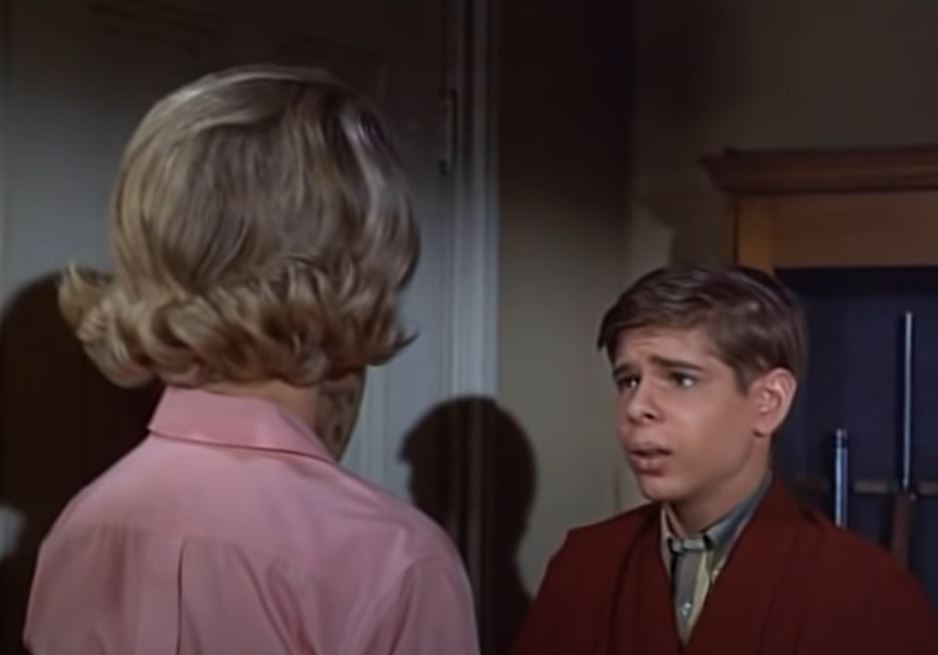
After the family house is robbed and Albert fails to shoot the robber at the behest of wife Dina Merrill, Merrill develops a fascination with guns that she passes onto Lazer.
At the same time, Lazer and a friend torment a neighbor old lady, whose shaky mental health is exacerbated when jets from the nearby air force base fly overhead.
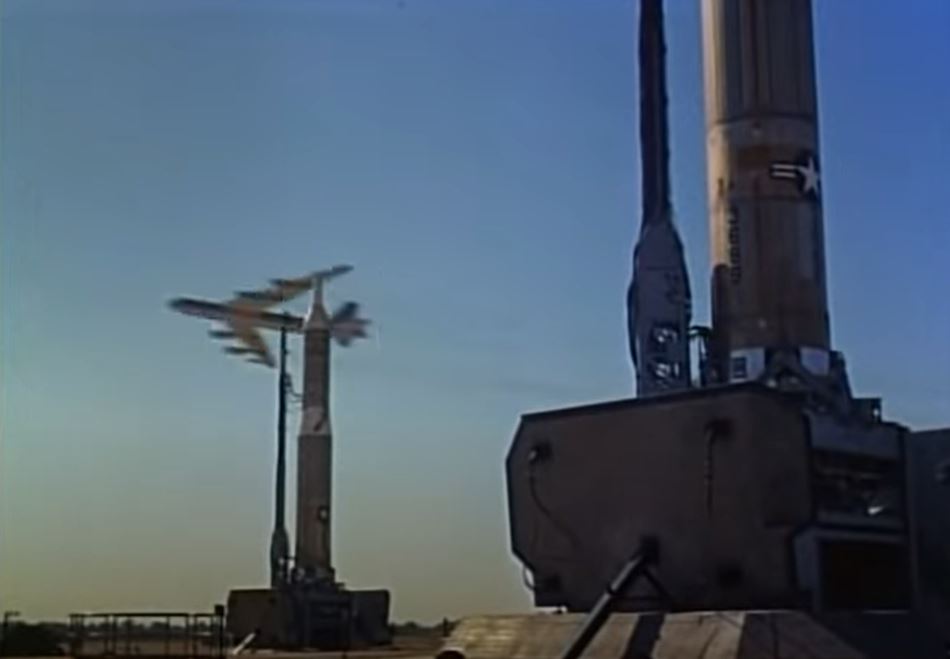
The torment even extends to Lazer and friend anonymously supplying the lady with a bolt and ammunition for her WWI-era rifle that’s been missing a bolt.
Why does he do this? Lazer later says to help her protect herself. But as a viewer, it feels that Lazer helps her complete her rifle only as an act of further bullying.
The only wrong note in The Gun is the very ending. But it’s so freakishly wrong that it almost feels surreal and perfect.
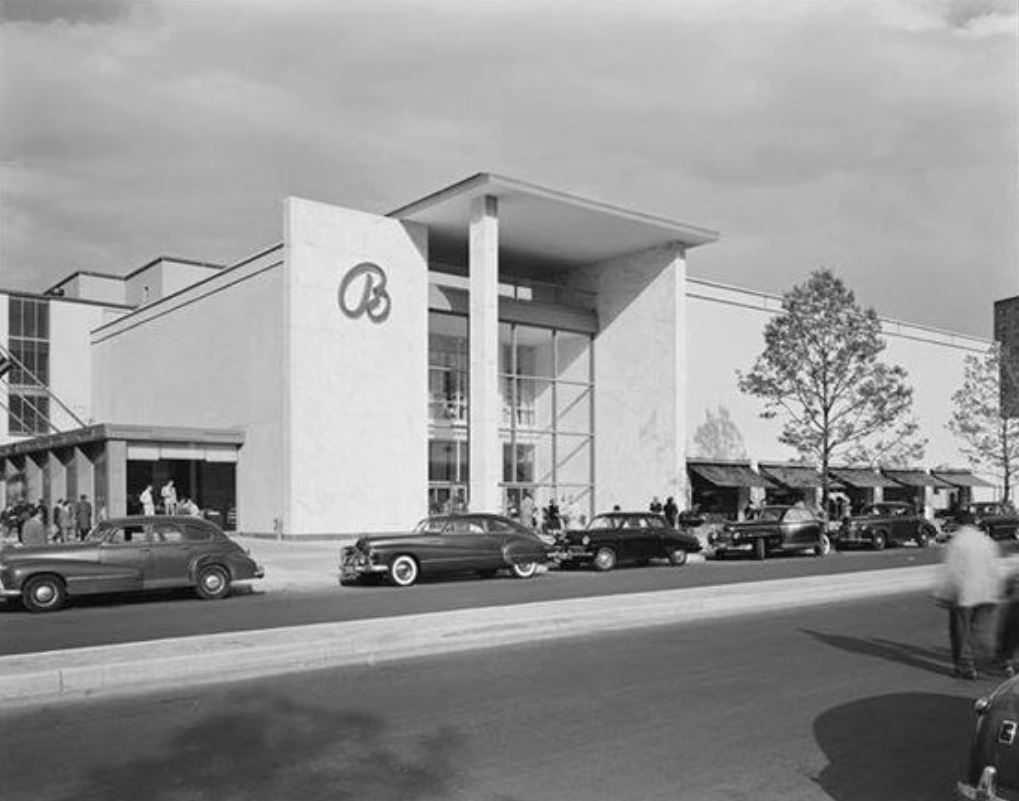
Call it a sign of changing times, plain luck, or powerful lawyers, but being arrested in Hollywood on morals and drug charges in 1960 wasn’t what it used to be.
Once, it meant the end of your career and public humiliation. But for Perry Mason actor William Talman and the rest of the group, including host Richard Reibold, it was only a bump in the road.
On March 12, 1960, Talman and seven others were arrested at an apartment on 1156 N. Curson Ave., West Hollywood. Officers reportedly found everyone nude in a bedroom, plus they discovered marijuana and pornographic literature.
The party host and person renting the N. Curson apartment was Richard Reibold. For years, Richard Reibold operated on the edges of legality and respectability: a man who got into big-time trouble a couple of times, but always managed to claw his way back.
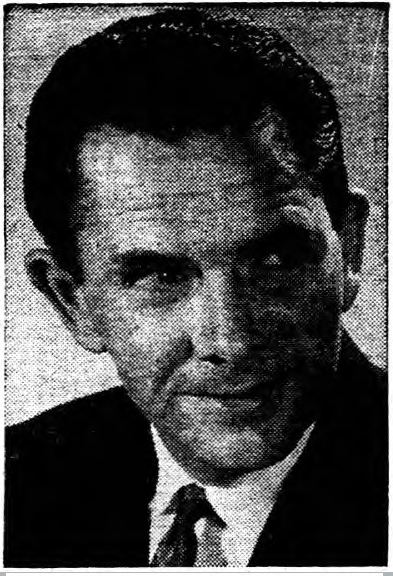
At the time he was arrested, Richard Reibold, 31, was Director of Radio and Television for a high-end Beverly Hills advertising agency, Lennen & Newell. Lennen & Newell had accounts in the TV and film industry.
Reibold started in New York and had only recently come to Los Angeles.
In New York, Reibold was an executive at the BBD&O advertising agency, now called BBDO–at least, until he was accused of rape and kidnapping.
In 1956, while living in New York, Richard Reibold was accused of attempting to kidnap and rape Mrs. Ann Burkhard, 24, invariably identified by papers as an “attractive honey-blonde housewife.”
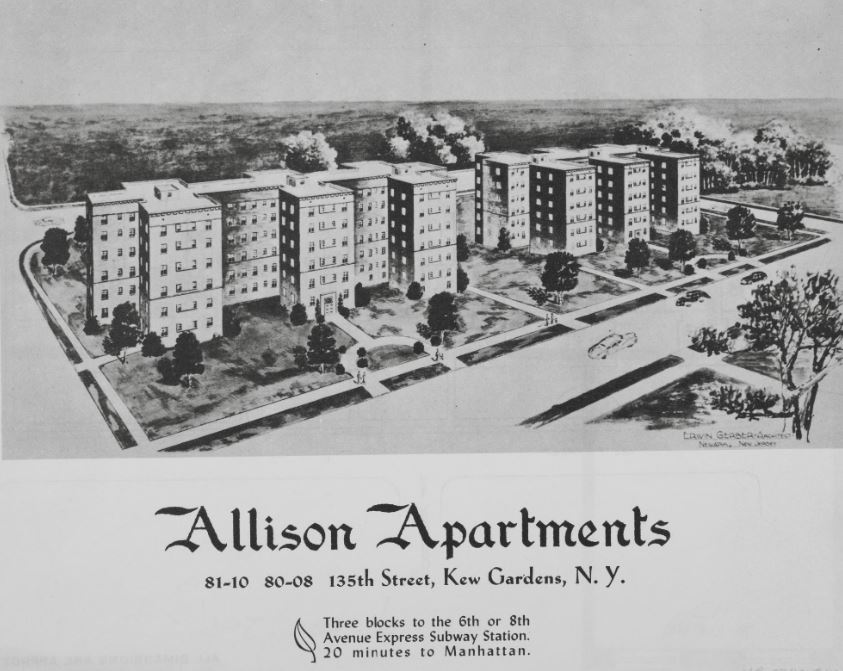
Reibold was married but separated from his wife for the last year and a half. He now lived with his aunt, Eleanor Simpson, at 81-10 135th St., Kew Gardens, New York.
On November 8, 1956, Richard Reibold allegedly attempted to kidnap and rape Mrs. Ann Burkhard.
Reibold had forced his way into Mrs. Burkhard’s car in the parking lot of the Bloomingdale’s department store in Fresh Meadows, Queens, NY, and threatened her with a blackjack. He then ordered her to drive to an isolated area of Cunningham Park, where he tried to rape her.

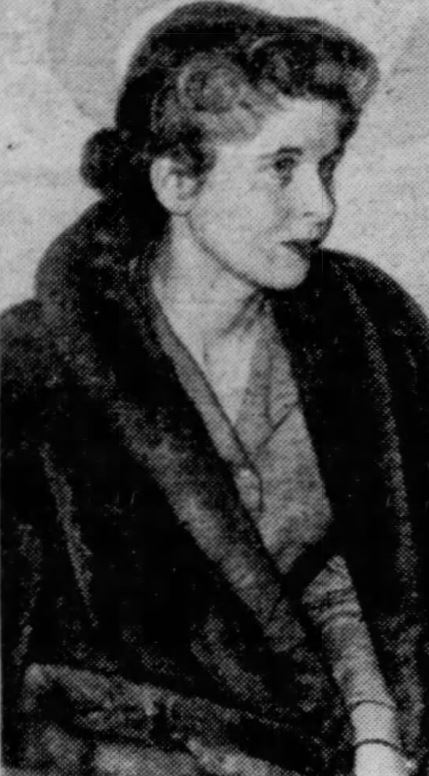
Mrs. Burkhard fought him off. He ordered her to drive him back to the scene of the alleged kidnapping, where he got out of the car.
Reibold later claimed he had been walking around Cunningham Park for two and a half hours, “meditating about a big job he was readying for an account.”
Detectives, though, noted that Reibold’s auto hood was warm and they discovered a blackjack in his car.
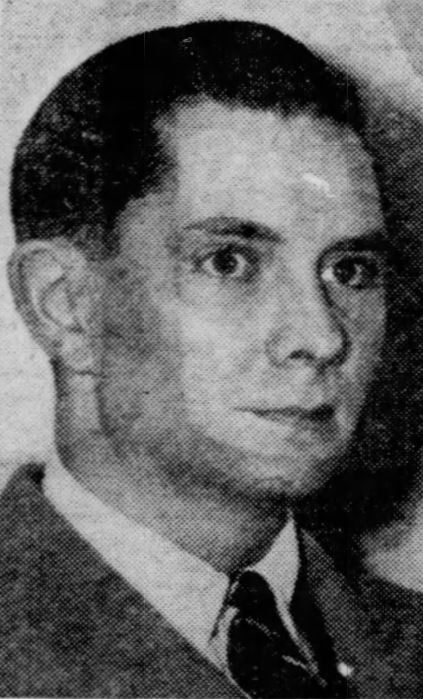
During the trial, Reibold had many prominent and well-connected character witnesses, including fellow BBD&O ad agency executives and friend Carol Reed, a weather broadcaster for WCBS-TV.
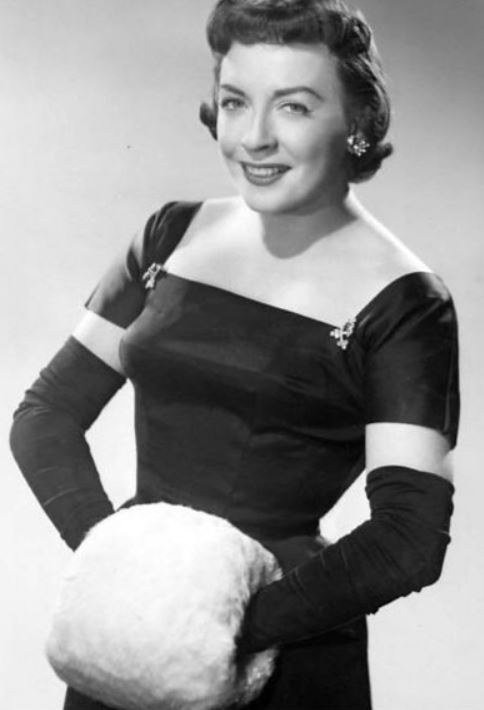
A Queens jury, after deliberating for nearly two hours, acquitted Richard Reibold of attempted rape and kidnapping charges.
“I bear no animosity toward that woman,” Reibold said after acquittal. “I just didn’t do it.”
While this is conjecture, it appears that Reibold was fired from Lennen & Newell due to the scandal.
Reibold landed not-so-feet-first at Nutri-Bio of California, Inc.
Nutri-Bio was a sleazy Amway-like multi-level marketing supplements company based in Vancouver, Canada. Reibold worked at Nutri-Bio’s Beverly Hills office.
For a period, Nutri-Bio did big business, reportedly pulling in over $30 million per year, gross.
Nutri-Bio also wasn’t well-loved by the FDA, charging Nutri-Bio with “falsely promoted as cures for ailments ranging from heart trouble to impotency.”
In other words, Mr. Reibold was directly involved with these suspect promotions.
Reibold bounced back, out of Nutri-Bio hell. Only a few years later, in 1963, Reibold was named radio-television director at far more respectable Los Angeles ad firm, Beckman, Koblitz, Inc.
Richard Reibold married Margaret “Peggy” Reibold, who is still alive as of 2023 and still living in the Los Angeles area.
Richard Reibold finally lived at 3410 N Knoll Dr, Los Angeles, CA 90068, a house that the real estate ads in the 1960s called “an unusual Spanish.”
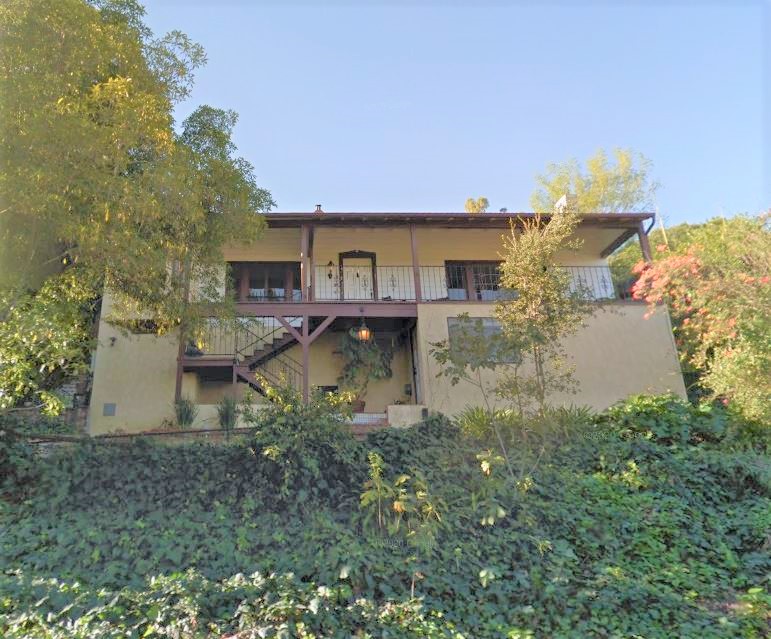
For a period, the house seems to have been unsellable, starting at $52,500 in 1966, down to $45,000 in 1967, then $36,950 in 1968.
Reibold ran his own company from there, The Reibold Company, Inc. He appears to have done well. As of 2022, he and his wife Margaret were listed by Pepperdine University as having given at least $1,000,000 to the university over the course of their lives.
Richard Reibold died in 2000.
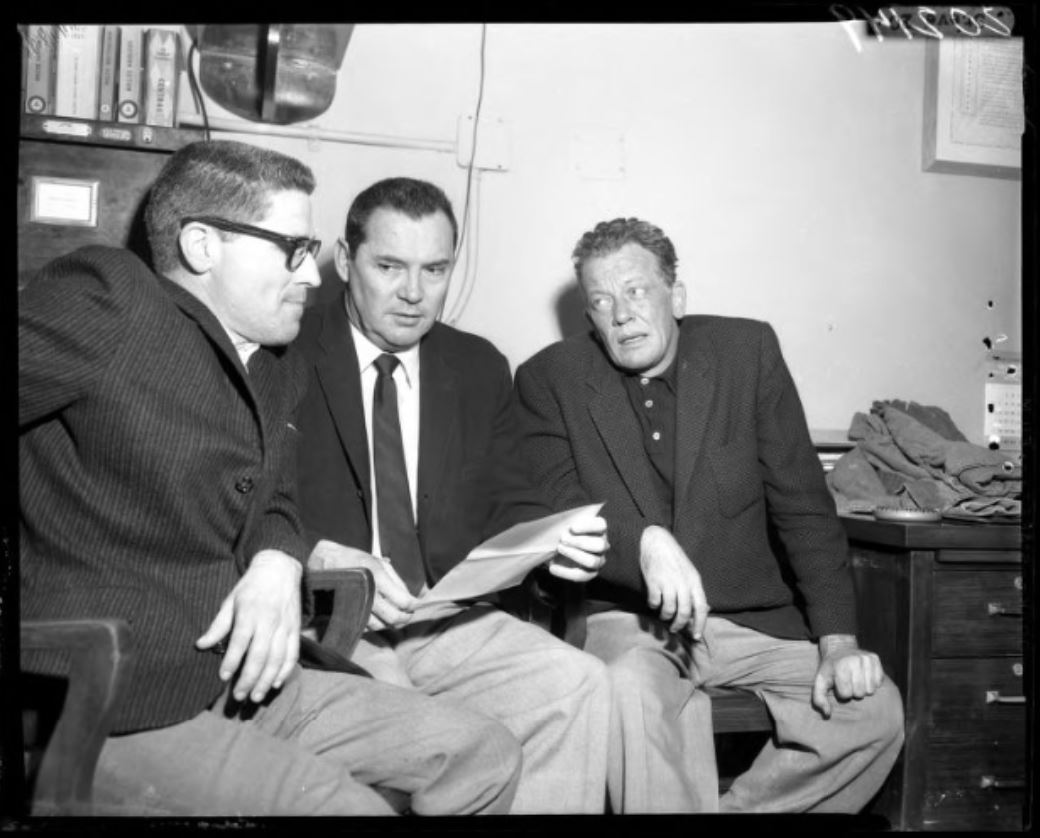
Actor William Talman (1915-1968) is probably most familiar as Los Angeles District Attorney Hamilton Burger, from the long-running TV series Perry Mason.
Talman is less-known as a truly effective noir actor, especially in the title role in The Hitch-Hiker.
There, Talman–and his reptile eyes that don’t fully close at night–menace a driver and his passenger who simply were out for a fishing trip and made the mistake of helping a hitchhiker.
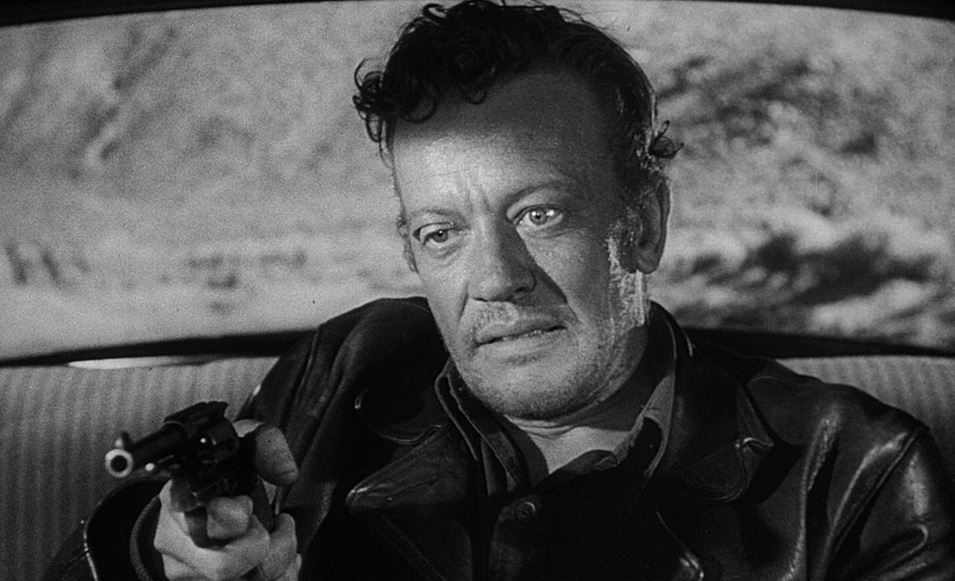
At only 71 minutes and with no substories, The Hitch-Hiker truly qualifies for that overused word applied to so many thrillers: taut.
Affable and well-liked, Talman also heroically put his name and face on an anti-smoking commercial filmed before his death–due to smoking. The effort was heroic because he was in the last few weeks of his life and doing poorly. The morning of the shoot, he’d been at the hospital for cobalt treatments.
In 1960, Talman engaged in a scandalous act that got him temporarily fired from his sweet TV D.A. job.
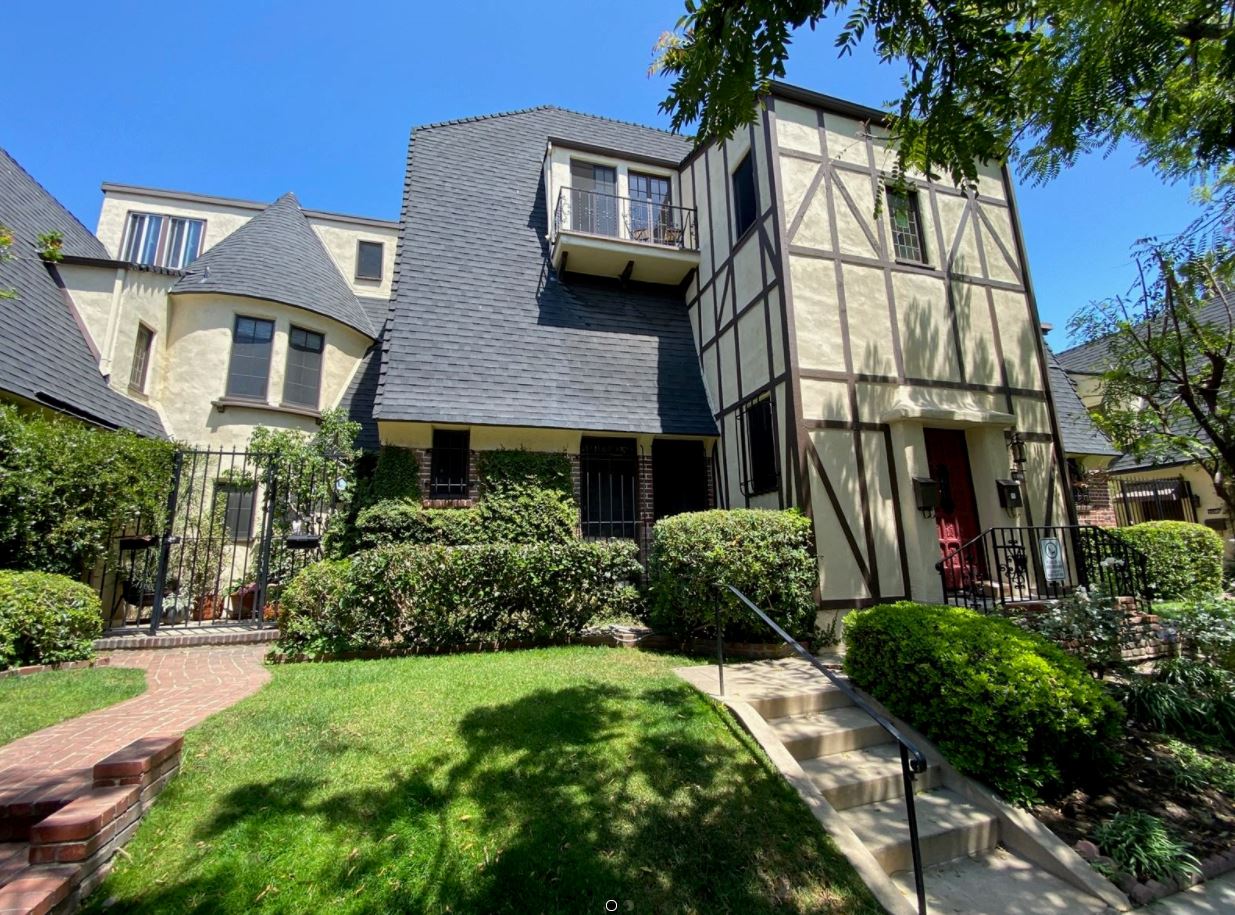
On March 12, 1960, Talman and seven others were arrested at 1156 N. Curson Ave., West Hollywood on narcotics charges after officers found marijuana.
It was a Saturday, so unlikely that Talman would be filming any of the Perry Mason shows that day. Talman lived over the hill in Sherman Oaks. at 15426 Valley Vista Blvd, a convenient place to hop onto the San Diego Freeway to the studios.
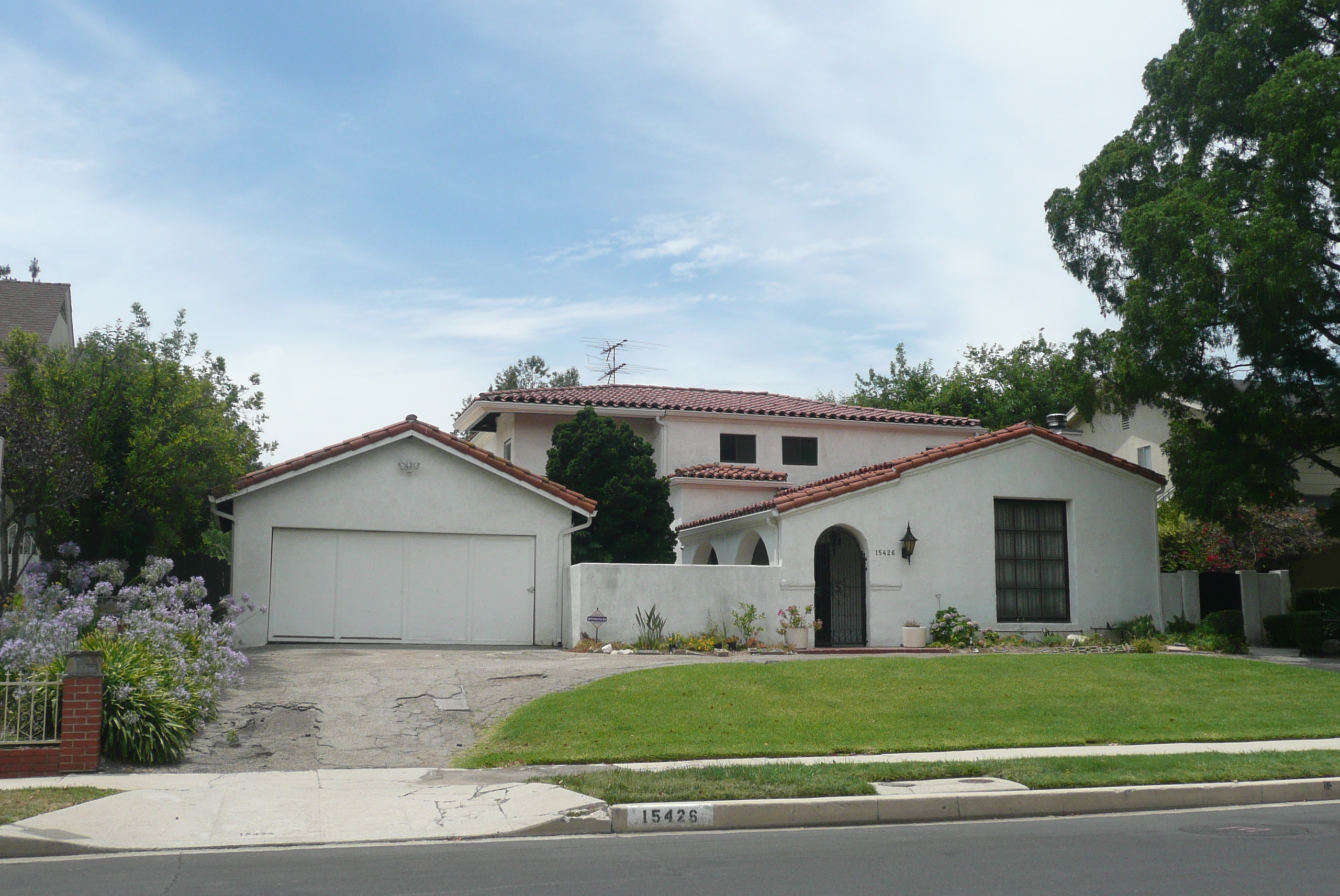
It wasn’t just any marijuana party but a “nude marijuana party,” according to the Los Angeles Mirror-News, March 14, 1960. Plus, officers found “dirty movies, spicy books, and lewd photos.”
The N. Curson apartment, part of a building supposedly built by Charlie Chaplin, was rented by ad exec Richard Reibold.
Besides Talman, the group consisted of Reibold, Talman’s friend, James H. (Jimmie) Baker, Peter and Suzanne Hespelt, and three women, in their twenties or thirties: a Mrs. Peggy Louise Flannigan, a Mrs. Willie Donovan, and all-around bad girl, Miss Lola DeWitt.
A sheriff’s deputy, Harry Stameisen, gained entry to the Reibold residence by making a phone call and pretending to be a prospective guest. Stameisen was also the arresting officer. Talman’s attorney would later claim that the deputy had made illegal entry.
One news account was very tabloid-ready, with Sheriff’s Capt. Richard B. Brooks stating:
We found seven people, all nude, in one bedroom. Some were on the floor and some were on the twin beds. When we saw the nudes we summoned the vice squad and officers from there helped us.
Knoxville News-Sentinel, March 14, 1960
According to the Mirror-News account, Mr. and Mrs. Hespelt were “fraternizing” with Miss DeWitt.
James H. Baker was “paired” with Mrs. Donovan. Talman was with Mrs. Flannigan.
Talman was fired from the Perry Mason show. But after lobbying from Mason producer Gail Patrick, he was eventually hired back.
Charges were dropped against the entire group.

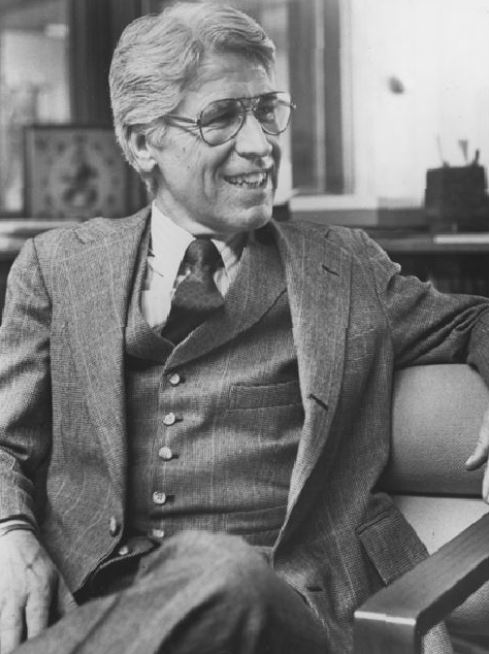
James Hollan Baker, 39, was Talman’s friend and companion. Known as Jimmie Baker, he was an Oklahoma-born producer of music-related documentaries.
Baker was big in the music scene and helped out with many charitable organizations, including the Hollywood Motion Picture and Television Museum, which was intended to be located on a 4-acre site behind the Hollywood Bowl but never got past the planning stage.
Baker died in 2003.

Host of the party and apartment renter, Richard Reibold, 31, was identified by papers as Director of Radio and Television for high-end Beverly Hills advertising agency, Lennen & Newell, which had accounts in the TV and film industry.

At the time of the arrest, William Talman was in the process of separating from Barbara Read. The divorce was granted on September 13, 1961.
Mrs. Peggy Louise Flannigan became William Talman’s next wife: Margaret Louise Larkin Flannigan Talman. Her divorce from her previous husband was granted on October 30, 1961.
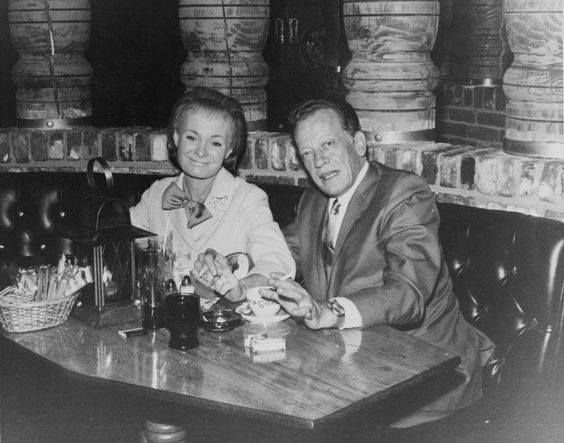
On November 4, 1961, Talman and Flannigan married at the Flamingo Hotel, in Las Vegas.
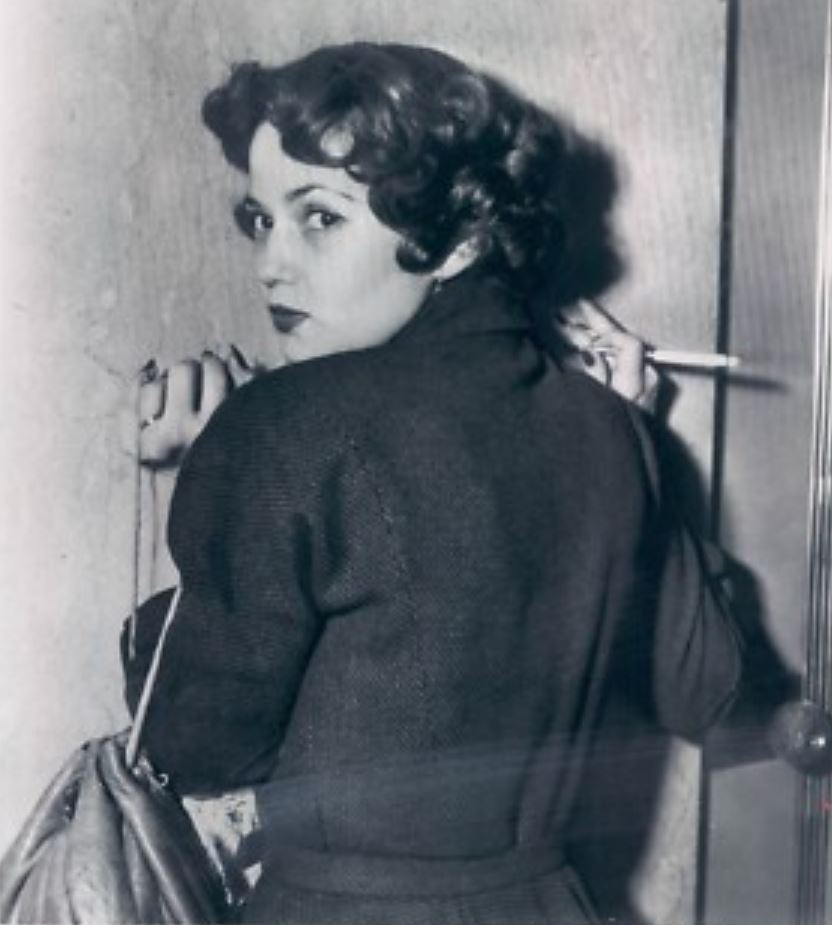
A colorful character with a shady past, Lola DeWitt was typically identified in the news as an actress. Lola DeWitt was a notorious stripper, model, prostitute, child murderer, and yes, also an actress and singer.
A married couple was also arrested: Peter Neil Hespelt, 29, and Suzanne Elizabeth Hespelt, 24. Papers stated the name as “Hestelt” but it appears to actually be “Hespelt.”
Peter Neil Hespelt, 29, was identified as a finance company manager. At one point, Hespelt ran or was employed by Budget Finance Plan, in the L.A. area.
Peter and Suzanne Hespelt appear to have divorced. The Santa Cruz Sentinel on January 15, 1971, reported that Peter Neil Hespelt married Lisa Ann Saenz. The paper states that both are residents of “Toponga,” but likely this is a typo for Topanga, an area around Los Angeles.
Peter Neil Hespelt died in Mammoth Lakes, California, in 2011.
Suzanne Hespelt is still alive.
All we know of Mrs. Willie Donovan is that her husband stuck by her, at least until the trial, because we have a news account that says that Mr. Donovan “shoved photographers” as he was “just trying to protect [his] wife.”
The arresting deputy, Harry Stameisen, is still alive and is in his 90s.
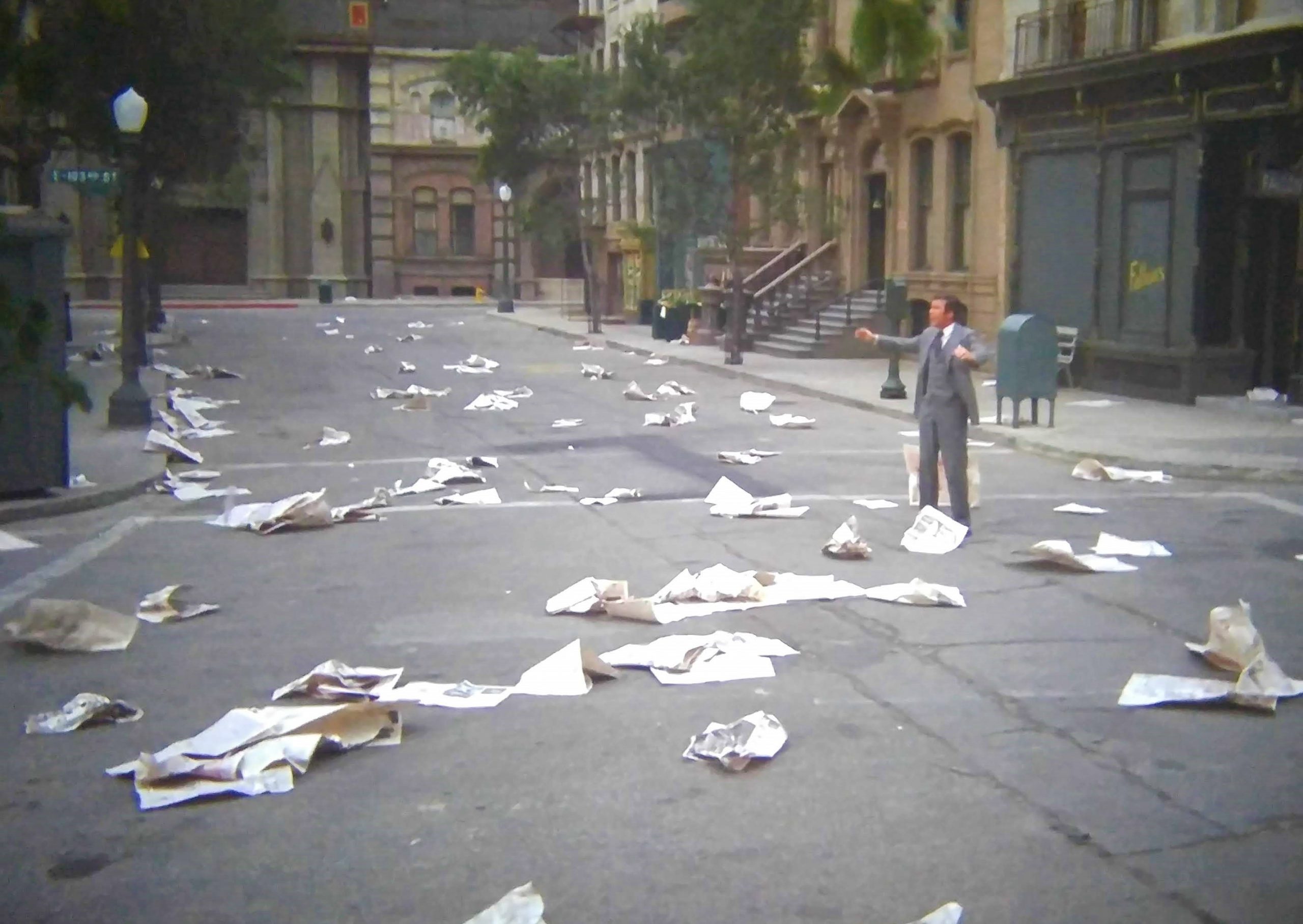
One sub-niche of 1960s and 1970s television is the show that demonstrates the studio backlot for what it is. It’s a fascinating snapshot into the state of the backlot at that moment, with little embellishment.
The Brady Bunch ends up at a mysterious ghost town with a menacing prospector. Tumbleweeds tumble. But it’s patently obvious that it’s the studio backlot. Paramount Stage 5 nearly bordered the Western street. While scripts and planning happened well in advance, it’s tempting to imagine a discussion on the order of: “Hey, let’s film on the street today, kids.” These photos are from the “Mission: Impossible” TV series, Season 6, Episode 2, “Encore.” MI was a heavy user of the Paramount backlot and surrounding areas. This episode shows McFadden Street, the (real) guardhouse just outside of the Western street fence, a gate that I believe fronts (the real) Gower Street, and the Western street itself.
